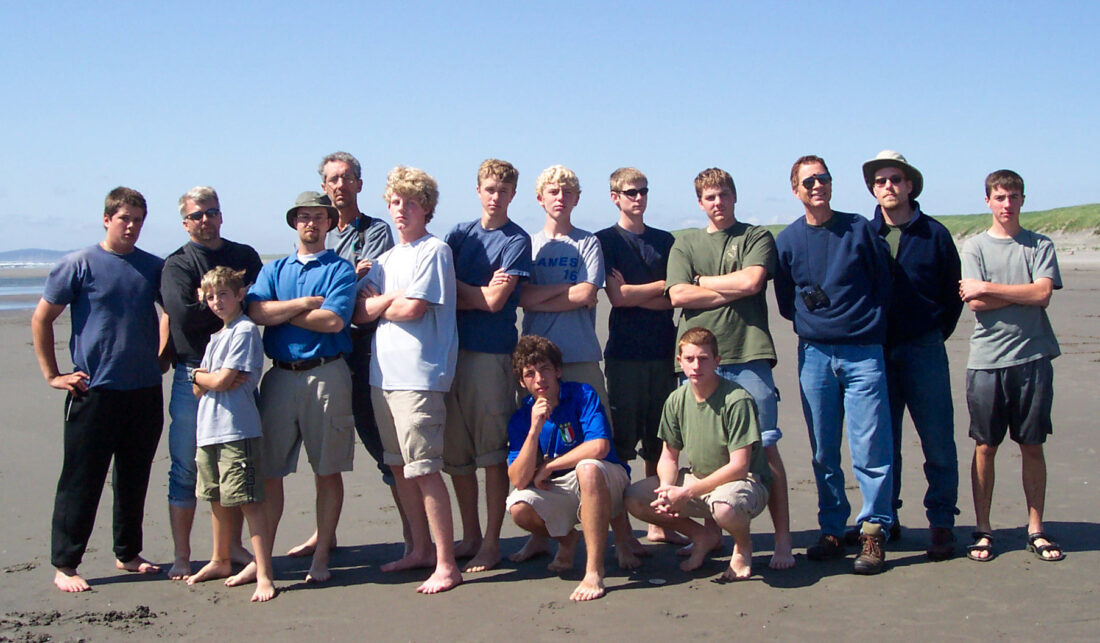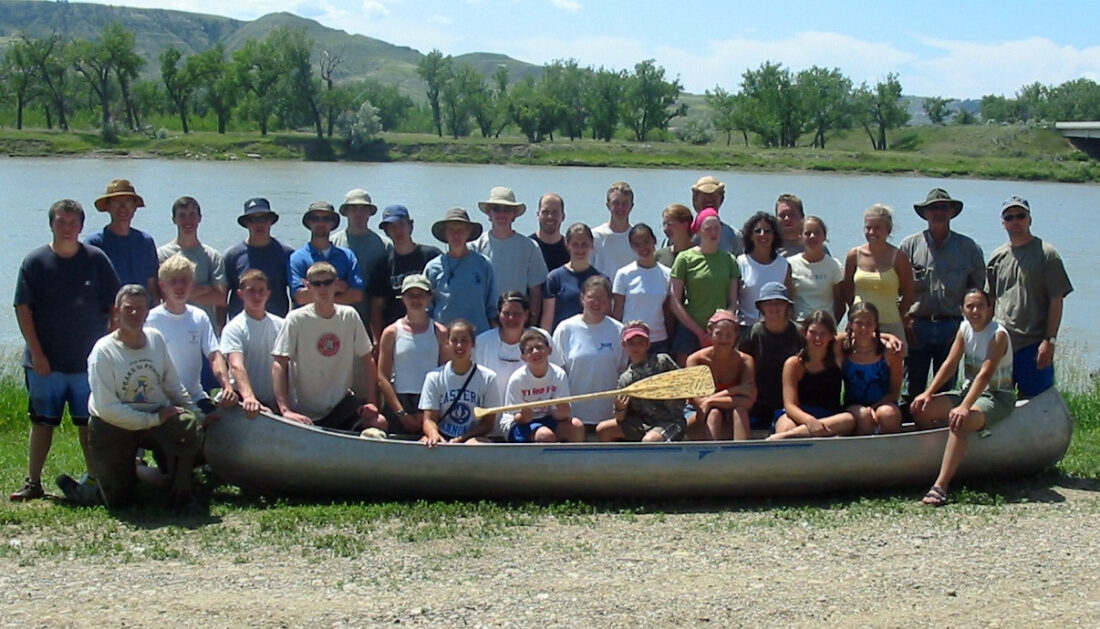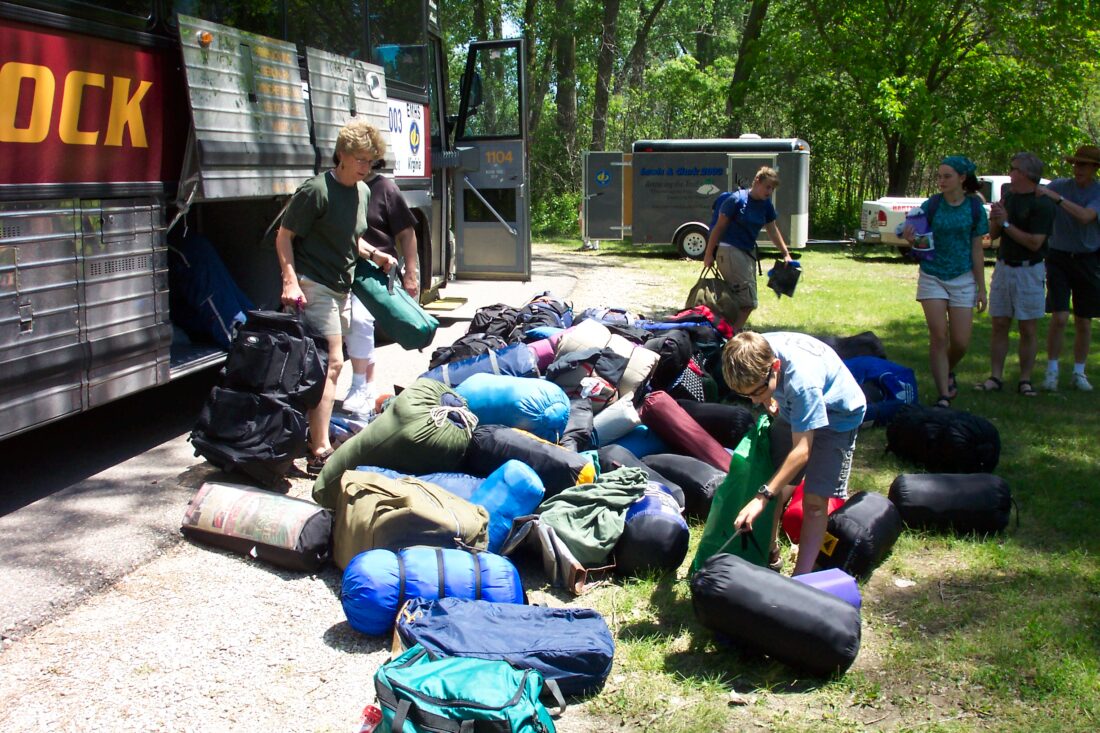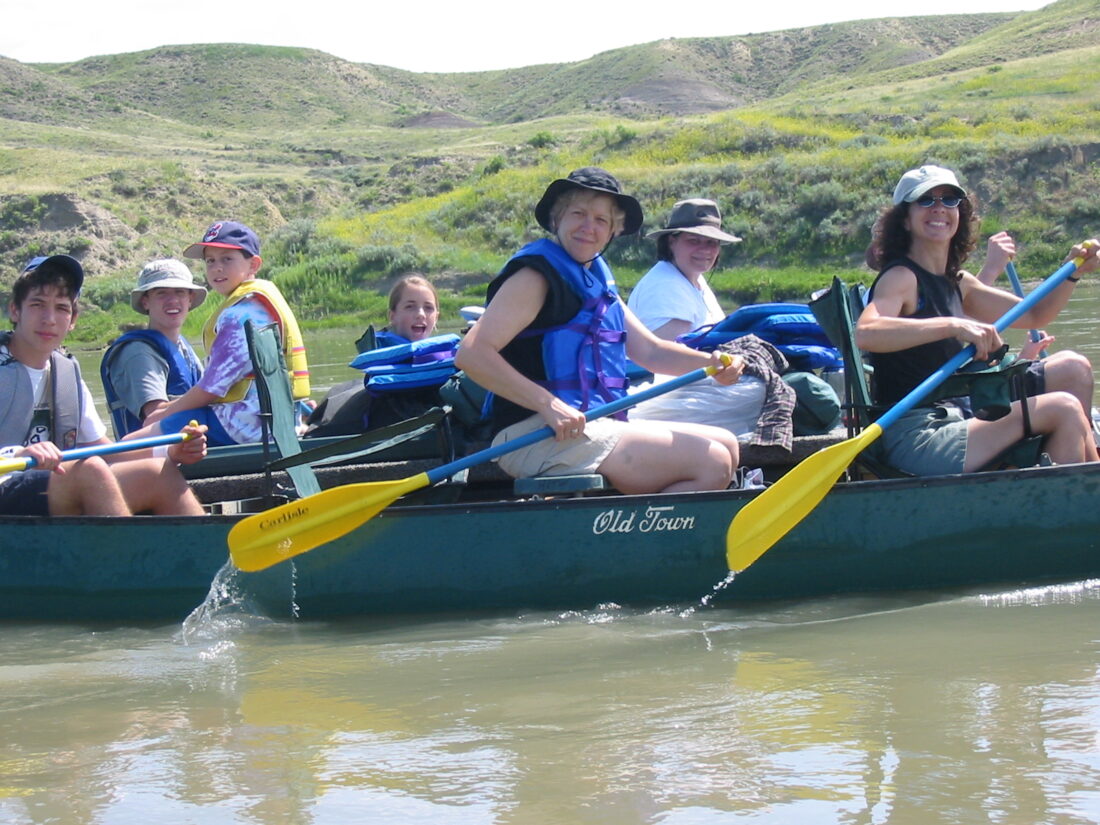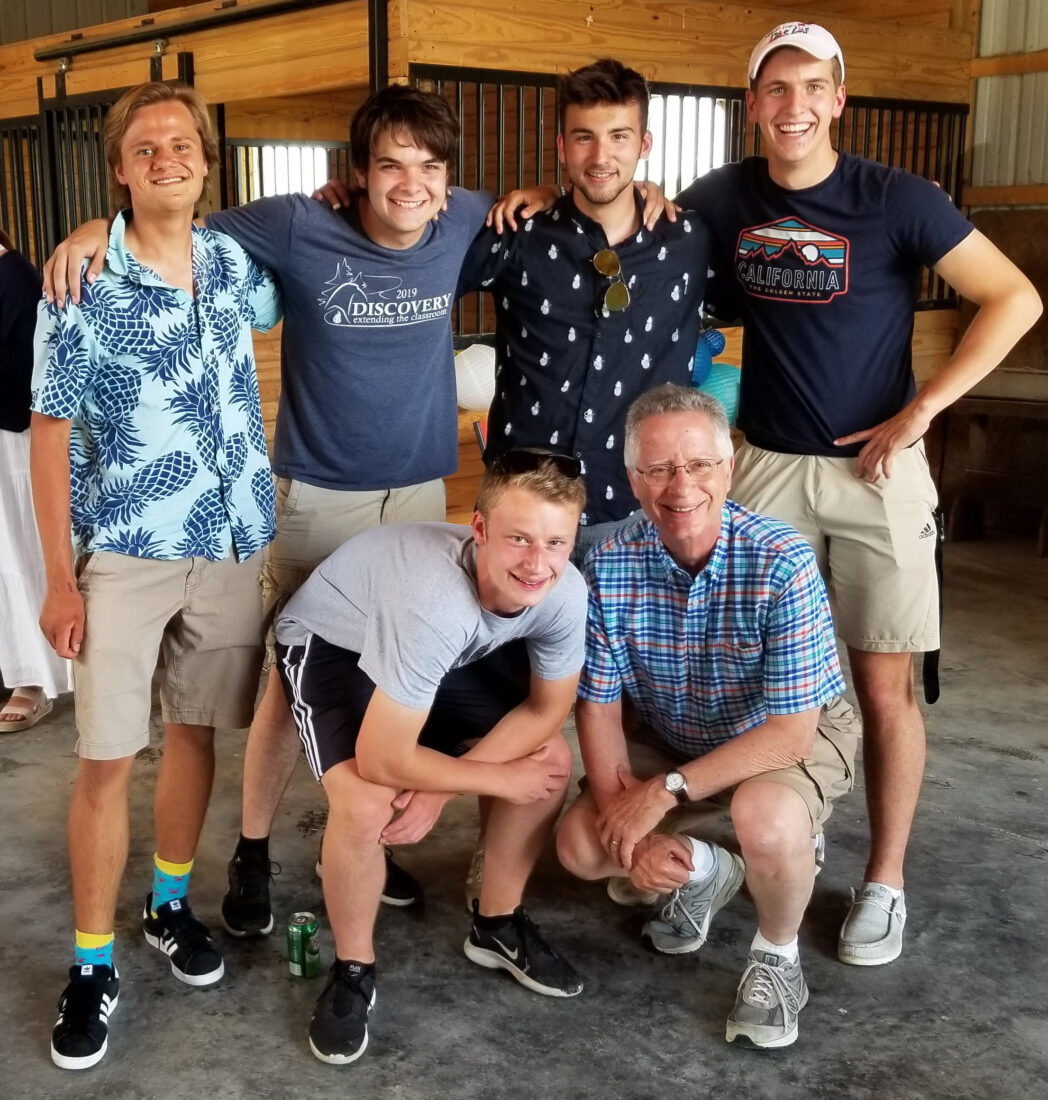On May 14, 1980, while students on the EMC campus in Harrisonburg, Virginia, used typewriters, a wooden card catalog with drawers in the library, and wired landline phones to call a friend in another dorm, one of the more memorable chapels in campus history occurred. Jim Bishop sat on the auditorium’s front bench. Student leaders surprised and honored Dr. Myron and Esther Augsburger for their fifteen years of service to the college, 1965-1980. Ordained in the Virginia Conference, Myron Augsburger spoke in North America and other continents, raising the school’s profile. Enrollment doubled during his tenure, and in 1980, it peaked at 1,014 full-time undergraduate students. Myron pulled a rope to conduct a prank the students affectionately set up for him since he had dealt with pranks in the chapel during his presidency. Confetti, balloons, and rice cascaded onto the cheering, roaring, appreciative, and packed Lehman Auditorium crowd with people sitting in the balcony. Jim Bishop’s younger brother, Michael, directed a rousing rendition of “606,” a hymn from The Mennonite Hymnal.[i] Among the undergraduates in the auditorium were students from across the United States, including from the Virginia Mennonite Conference, some of whom wore the traditional prayer veiling. That Wednesday chapel, at the end of the school year, with spiritual input, robust singing, and sharing from the legendary Augsburger couple, during an era of growth and good feelings, was one of the high moments of college life at EMC during the twentieth century.
[i] Elwood Yoder and his wife Joy Risser Yoder, married six months earlier and undergraduate students at EMC, attended the May 14, 1980 chapel. For more information about the chapel, see “606: The Persistence of Community,” a video by John L. Ruth, at https://discoveryvirginia.org/606-persistence-community, and Donald B. Kraybill, Eastern Mennonite University, 2017, 235-236.


